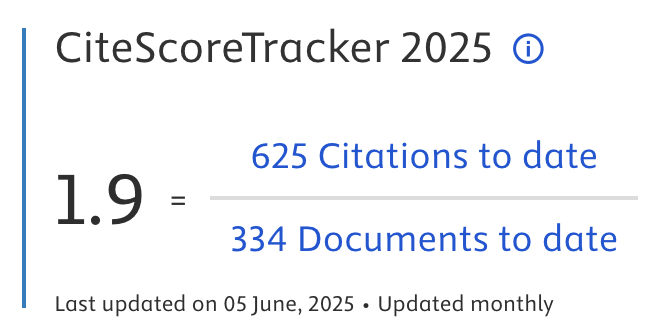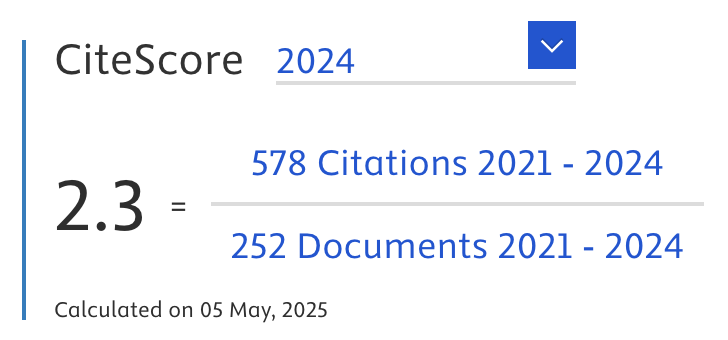AI Prediction Model to Investigate the GovTech Maturity Index (GTMI) Indicators for Assessing Governments’ Readiness for Digital Transformation
Abstract
Digital transformation helps governments improve their efforts to provide services to beneficiaries around the clock. However, governments must consider the potential disadvantages of unplanned digital transformation such as lack of attention to cybersecurity standards, which could put citizens' data at risk, or resistance to change and adoption of new technologies by government employees. The goal is for governments to take a comprehensive, well-planned approach to digital transformation that addresses people, processes and technology. Hence, governments should utilize digital maturity models to assess their current state and develop a plan for successful digital transformation. Governments especially are seeking for a smart transition to a mature digital transformed state. Therefore, this study proposes using the digital transformation maturity index as a systematic framework for governments to assess their digital transformation and plan a successful digital transformation. This study suggests using AI prediction algorithms to chart a path for a mature digital transformation. Hence, this study builds a model that predicts government maturity level to one of four maturity classes (A, B, C, and D) using several AI prediction techniques on the World Bank GovTech dataset, which contains 48 important indicators used to measure the GovTech maturity index. The results show that decision tree algorithm outperforms other approaches in terms of prediction accuracy. Government’s experts may thus utilize decision trees to determine the digital transformation maturity index success route starting at the root and working their way up to the leaf. The results also highlight the need for a government to examine three essential indicators for a successful digital transformation with higher maturity class: universally accessible citizen-centric public services, a national strategy to connect all departments under one goal, and transparency. The study concludes that governments should embrace holistic and well-planned digital transformation while considering factors such as cultural and behavioral changes, future disruptions and emerging technologies.
Article Metrics
Abstract: 458 Viewers PDF: 281 ViewersKeywords
Full Text:
PDFRefbacks
- There are currently no refbacks.

Journal of Applied Data Sciences
| ISSN | : | 2723-6471 (Online) |
| Collaborated with | : | Computer Science and Systems Information Technology, King Abdulaziz University, Kingdom of Saudi Arabia. |
| Publisher | : | Bright Publisher |
| Website | : | http://bright-journal.org/JADS |
| : | taqwa@amikompurwokerto.ac.id (principal contact) | |
| support@bright-journal.org (technical issues) |
 This work is licensed under a Creative Commons Attribution-ShareAlike 4.0
This work is licensed under a Creative Commons Attribution-ShareAlike 4.0





.png)